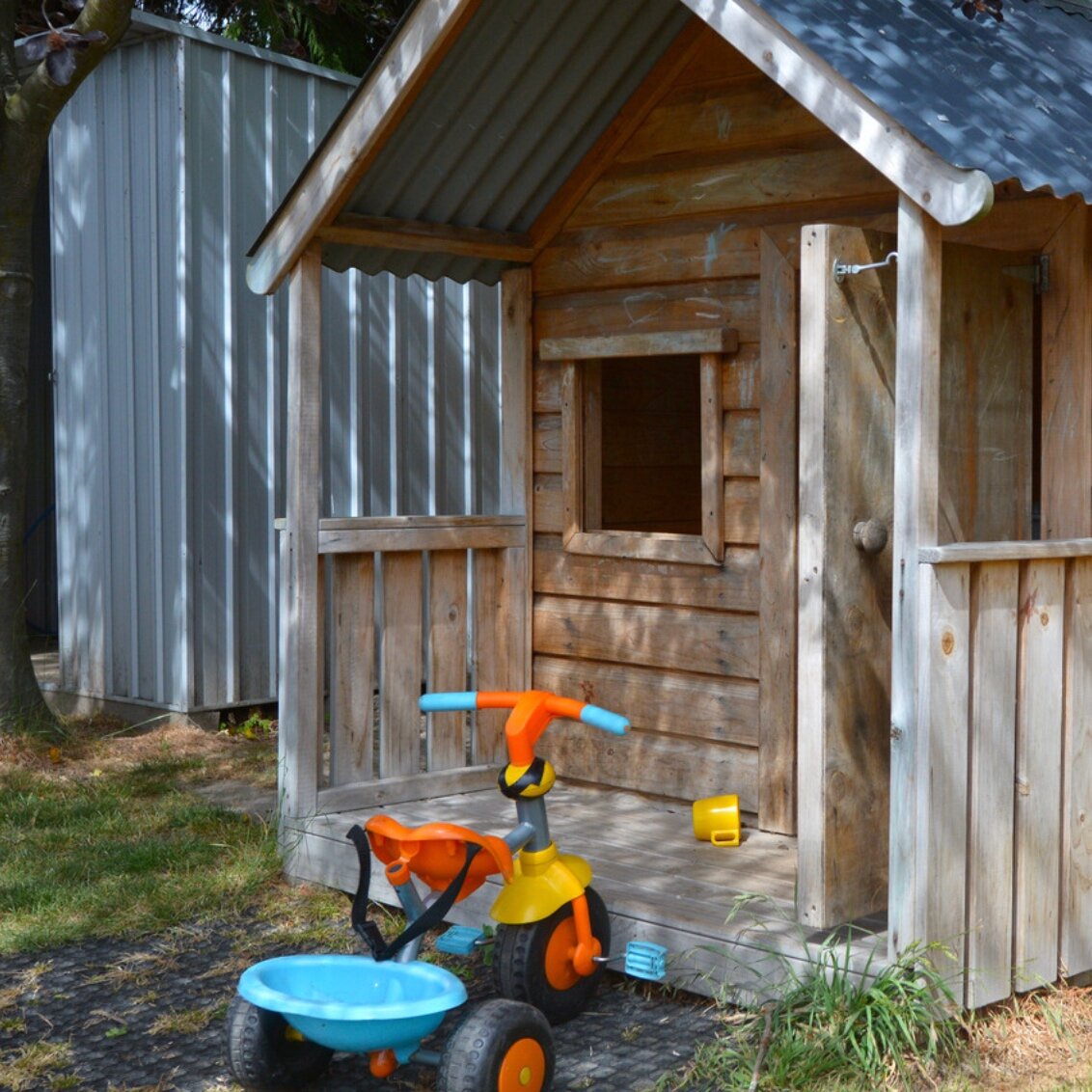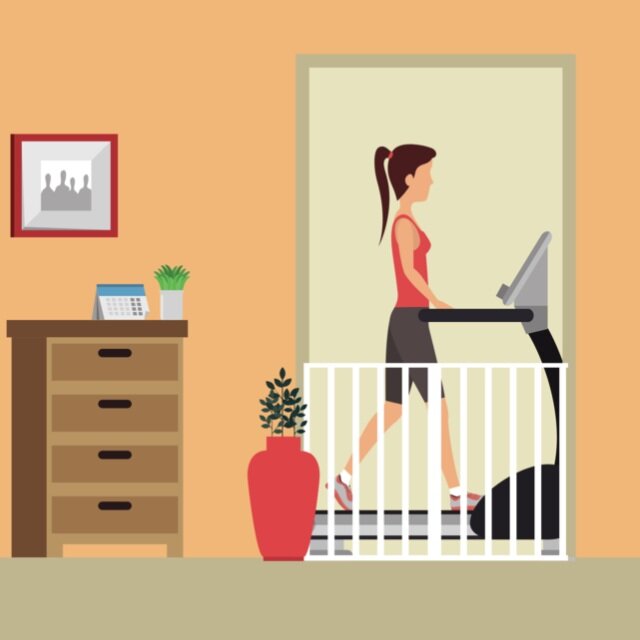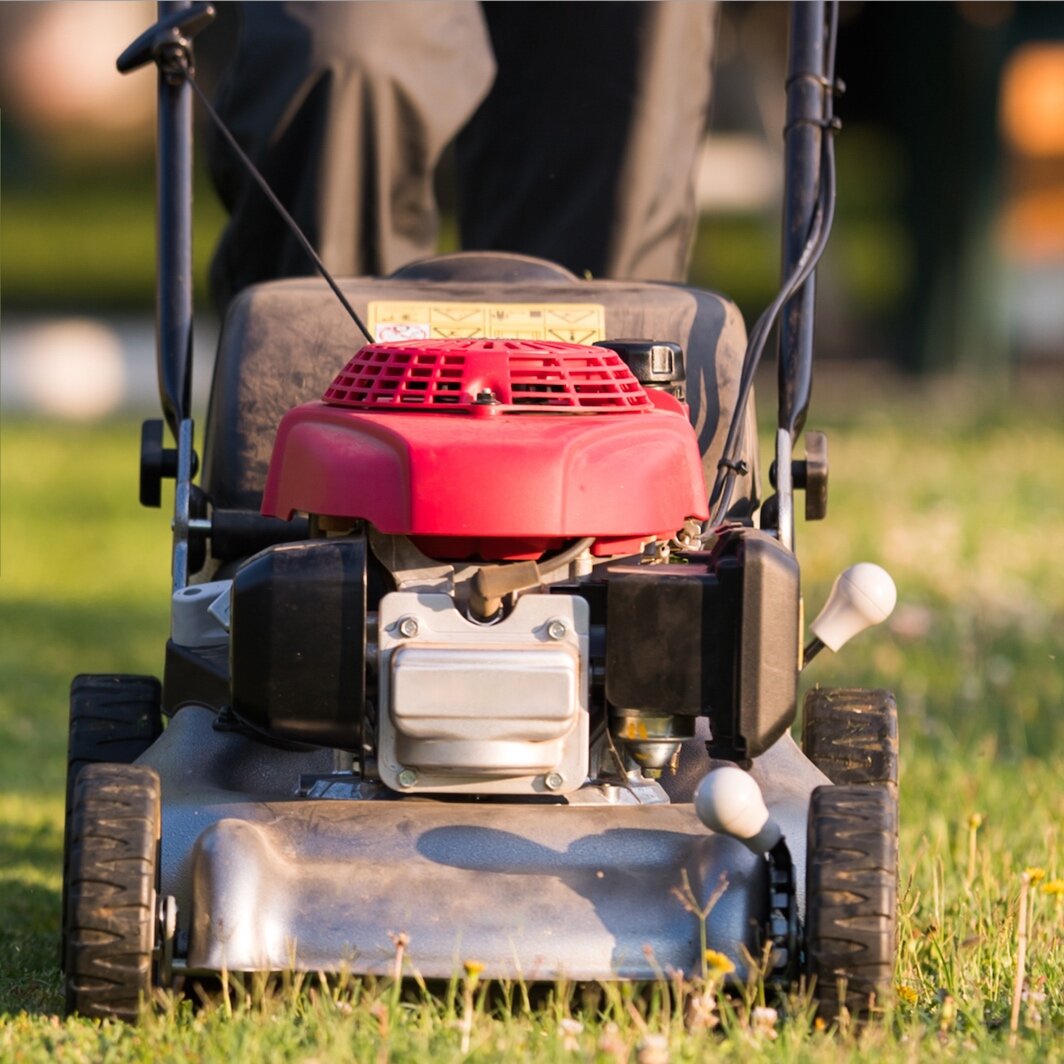These toolkits were created by Prevent Child Injury and other partners, each addressing a different child safety topic. Each toolkit is released to support a week-long campaign to raise awareness of the issue and provide parents and caregivers with clear, concise messaging about preventing that type of injury. After the campaign week, toolkits remain available for use in your outreach efforts.
Learn more about how Prevent Child Injury creates campaigns and tips for using the toolkits.
Age 10 – 14
This section will be updated with new toolkits and resources as they become available.
Bike Safety: With the proper gear, respect for the rules, and smart choices about when and where they ride, you can set your kids up to have fun and stay safer out on their bikes.
An alarm is the only way to know if there are dangerous levels of carbon monoxide in your home.
Demonstrating good driving habits will show your children that you take safety seriously.
Give them a spot of their own: a safe, fenced-in play area keeps children away from hazards on the farm.
Every 86 seconds, a home fire breaks out in the U.S. Could your family get out in two minutes or less?
ASK Day is June 21st, but gun safety matters every day. Before dropping your child off at a friend’s house, ask about firearm storage in the home.
High-powered magnets are a “hidden hazard” that put all children—including older children and teens—at risk.
By taking some simple safety steps, you can protect the whole family while still using your home exercise equipment.
Keep young children away from lawn mowers, preferably inside the home with an adult, to protect them from lawn mower-related injuries.
Storing, using, and disposing of over-the-counter and prescription medicines is an essential safety check for every parent and caregiver.
Teens are the second most at-risk age group for drowning. Talk to your teen about how to make safe and smart decisions when swimming in open water.
Thousands of children end up in the hospital every year due to sledding injuries. Keep your child on the hill by preparing ahead of time.
Showing children the importance of sun safety when they’re young lays the groundwork for a lifetime of healthy skin habits, protecting them from painful burns in the short-term and skin cancers when they’re older.
Teens are more likely than younger children to be killed by a vehicle. When was the last time you talked to your teen about walking safety?
Every 25 seconds, a young athlete suffers a sports injury severe enough to be treated in an emergency department.


















Amusement rides are not regulated as closely as you may think. Learn how to keep your child safe before they get on a ride.